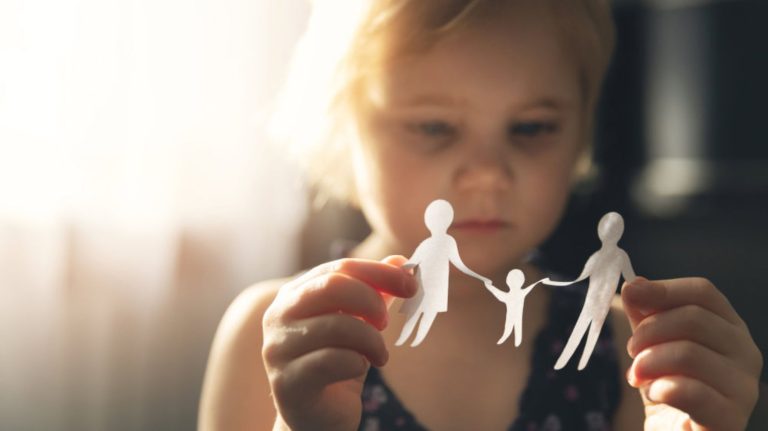
6 Important Things Every Parent Should Know About Child Safety and Institutional Abuse
- Created:
1. 5. 2025 - Updated:
30. 4. 2025
In an ideal world, places like schools, churches, sports clubs, and community centers would be safe havens for children. Sadly, reality paints a different picture.
According to many reports, a lot of child abuse cases involve trusted institutions. In fact, a 2023 report from the Illinois Attorney General revealed 275 clergy members from the Archdiocese of Chicago sexually abused 2,000 minors since 1950. This might be quite disturbing for some parents, right?
By the way, abuse thrives not because parents aren’t vigilant enough. Instead, it happens because offenders often hide behind reputations, systems, and silence. Hence, this is a call for informed protection.
Understanding how it happens, what early signs look like, and how to respond gives families power where it’s needed most. Considering all of that, here’s a quick guide.
So, dive into the article to learn more!
1. Abuse Doesn’t Always Announce Itself
When you imagine child abuse, you might often picture extreme and visible harm. However, within institutions like schools or churches, it often starts in ways that look completely harmless at first.
For instance, many offenders engage in grooming. They give gifts, offer extra privileges, or create special “mentor” relationships with a child. These actions are designed to build trust with the child, along with the parents and community. Even several studies show that in over half of institutional abuse cases, the offender holds a trusted position of authority.
That’s why it’s so important to notice when an adult’s behavior shifts from professional to personal. It includes the stances, like:
- Private meetings,
- favoritism,
- special treatment, and so on.
2. Institutions Can Be Slow to Act
Many families believe that if something goes wrong, institutions will act swiftly. Unfortunately, that isn’t always the case. Some may prioritize reputation, internal politics, or legal fears over child safety. So, before entrusting your child to any organization, ask tough questions:
- What is your policy for reporting abuse?
- Who do reports go to — internal staff or external authorities?
- What protections exist for whistleblowers?
Ultimately, clear and prompt procedures signal a healthy, responsible environment.
Nevertheless, if any such mishap occurs, you should know that you are not alone. Legal and emotional support is still available. Consulting a specialized professional can guide you through the next steps.
Taking forward the data instance mentioned in the introduction: Think a clergyman has committed any sort of abuse. In this situation, you can get help from an experienced clergy abuse attorney in Chicago who can assist you from reporting to seeking justice, to securing emotional support services.
As a result, early legal support significantly improves long-term healing outcomes for children and families.
3. Warning Signs Often Appear in a Child’s Behavior First
Children often don’t have the language or confidence to explain when something feels wrong. So, as a parent, you should be vigilant to watch for subtle shifts, including:
- Reluctance to attend activities they once loved,
- Nightmares, clinginess, sudden anxiety,
- Regression (acting younger than their age),
- Unexplained anger, sadness, or withdrawal.
Moreover, patience, openness, and attentive listening are key. You should create space for your child to talk about anything, anytime.
4. Not All Safe-Looking Adults Are Safe
Offenders often work hard to seem trustworthy. Many are respected community members, beloved teachers, admired coaches, or religious leaders.
They gain not just the child’s trust but the family’s trust, too. This is why protecting your child isn’t about teaching “stranger danger.” It’s also about teaching certain other aspects, like:
- Body autonomy,
- Boundaries, and
- The right to say no to anyone (if something adverse happens).
5. Prevention Starts With Policies
Words mean little without action. Safe institutions don’t just promise protection — they prove it with policies. For example,
- The two-adult rule for all activities.
- Regular staff background checks.
- Mandatory abuse prevention training.
- Clear, written reporting procedures are posted publicly.
If an institution can’t provide transparent policies or treats questions about safety defensively, that’s a red flag. All in all, prevention should be built into their culture, not treated as an afterthought.
6. Trust Your Instincts
Parents often second-guess their own gut feelings, worrying about being rude, dramatic, or wrong. But countless survivor reports show that early discomfort was often brushed aside, and regret followed.
So, if something feels off — a situation, a staff member, a policy gap — trust that instinct.
Because, in the end, you are your child’s best line of defense.
Conclusion
Child safety in institutions isn’t about living in fear. It’s about awareness, smart boundaries, and proactive action. No system is perfect. However, informed parents, asking the right questions, trusting their instincts, and building open communication at home can create powerful layers of protection.
And if the unthinkable happens, remember — justice, healing, and support are within reach. So, stay informed and involved. Your vigilance makes all the difference.






